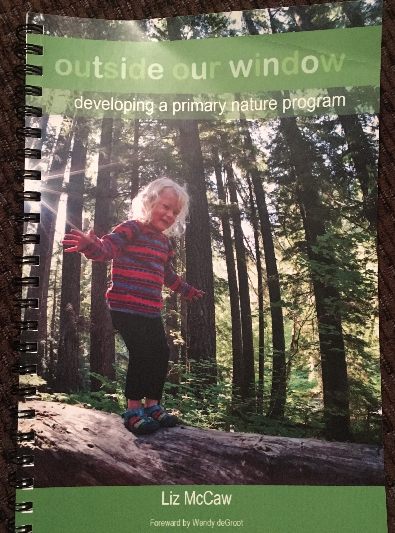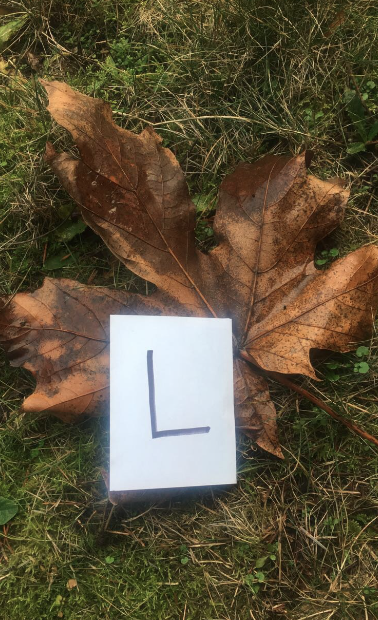I have been skimming through the book, “Outside Our Window: Developing a Primary Nature Program” by Liz McCaw (an educator in Nanaimo who teaches a Nature Kindergarten program). Although taking your students outside can seems overwhelming, with all the behaviour, safety, weather, and planning considerations to be made, Liz explains many of the benefits that she has found for her students by taking them outside everyday. Her students learn about the environment through an interactive, play-based approach which hopefully plants a love a nature in them, leading to them becoming stewards of the environment in the future.
Other benefits include children learning to take risks, overcome fears, develop persistence, problem solving, regulate emotions, investigate, wonder and use their imaginations, as well as getting a lot of opportunity to play. The BC Ministry of Education recommends at least two hours of free play everyday for Kindergarten students as it is critical for a child’s development and learning. They learn to cooperate, take turns, listen actively and play by the rules and develop executive functioning skills.
Taking students outside benefits their physical development, oral language, social emotional development, and creativity.
In addition to the benefits of outdoor play, Liz also discusses many practical ways to bring classroom content outside. To me, it’s easy to see ways to bring math, science and art outside but not as obvious of how I would bring literacy and Language Arts, so that is why that is the focus of my inquiry.

What is place based learning though?
“Place-based education is a vibrant approach to education that takes students out in to the communities, to learn, to do and to grow as human beings. Students are given the opportunity to learn subject matter in deep and lasting ways, understand the places they live in and participate in community renewal that makes a different to themselves and others.” http://www.ourcurriculummatters.com/What-is-place-based-education.php





